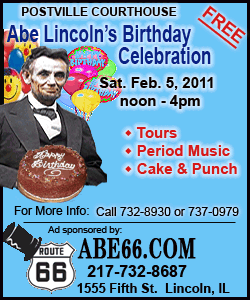| ||||||||||
| ||||||||||
"In states across the country, workers are facing heightened efforts to undermine public workers and their unions," said AFL-CIO spokeswoman Alison Omens. "It's a real assault." Last year was the first time that public employees made up a majority of all union workers. Unlike private employers, government offices do not hire outside consultants to help them fend off union organizers. But newly elected governors and lawmakers in Ohio, Wisconsin, Florida and other states are backing legislation that would make government offices less union-friendly. In other highlights from the report: Black workers were more likely to be union members than white, Asian or Hispanic workers. Union membership was highest among 55- to 64-year old workers and lowest among those ages 16 to 24. New York had the highest union membership rate at 24.2 percent and North Carolina had the lowest at 3.2 percent.
[Associated
Press;
Copyright 2011 The Associated Press. All rights reserved. This material may not be published, broadcast, rewritten or redistributed.
News | Sports | Business | Rural Review | Teaching & Learning | Home and Family | Tourism | Obituaries
Community |
Perspectives
|
Law & Courts |
Leisure Time
|
Spiritual Life |
Health & Fitness |
Teen Scene
Calendar
|
Letters to the Editor